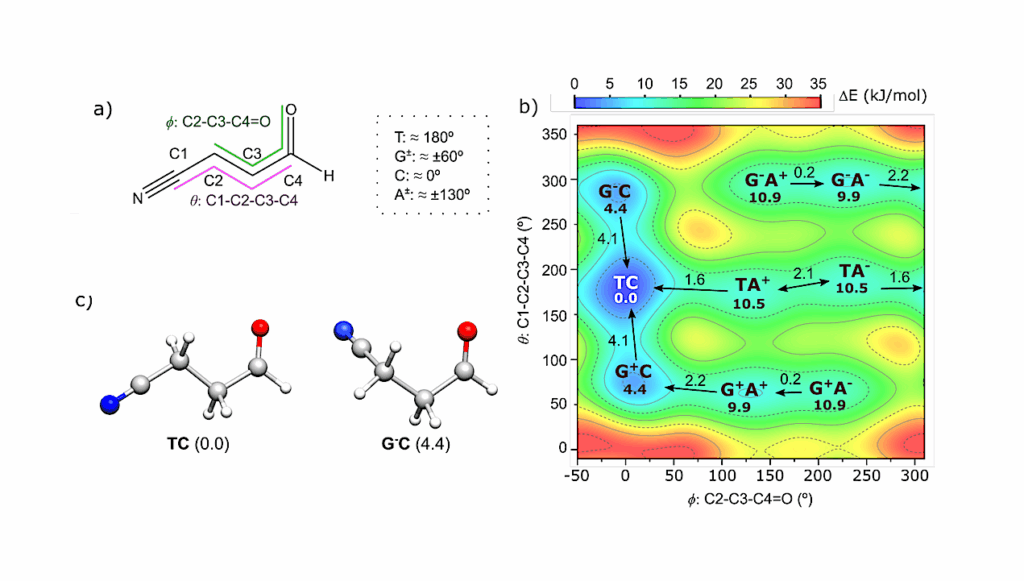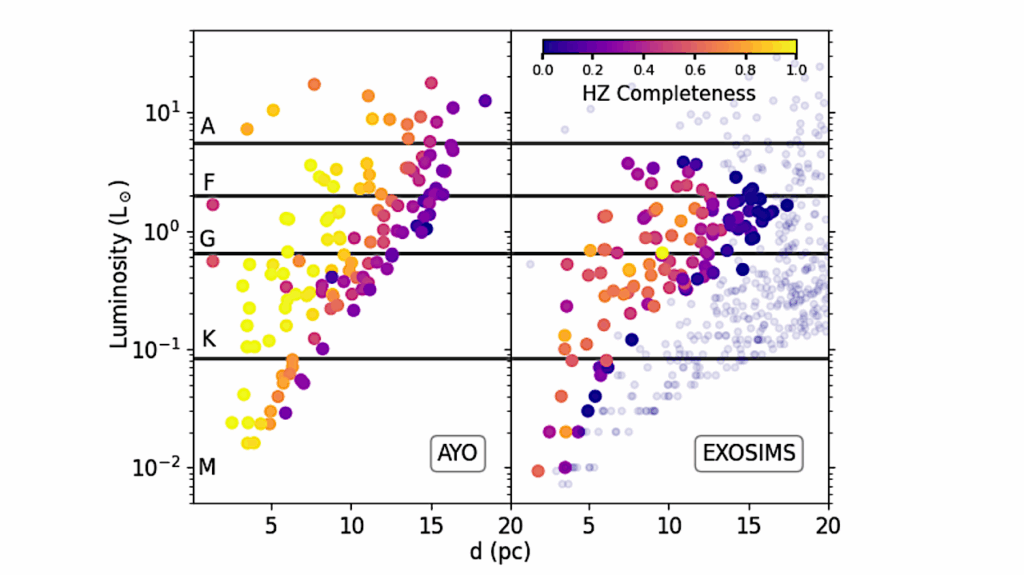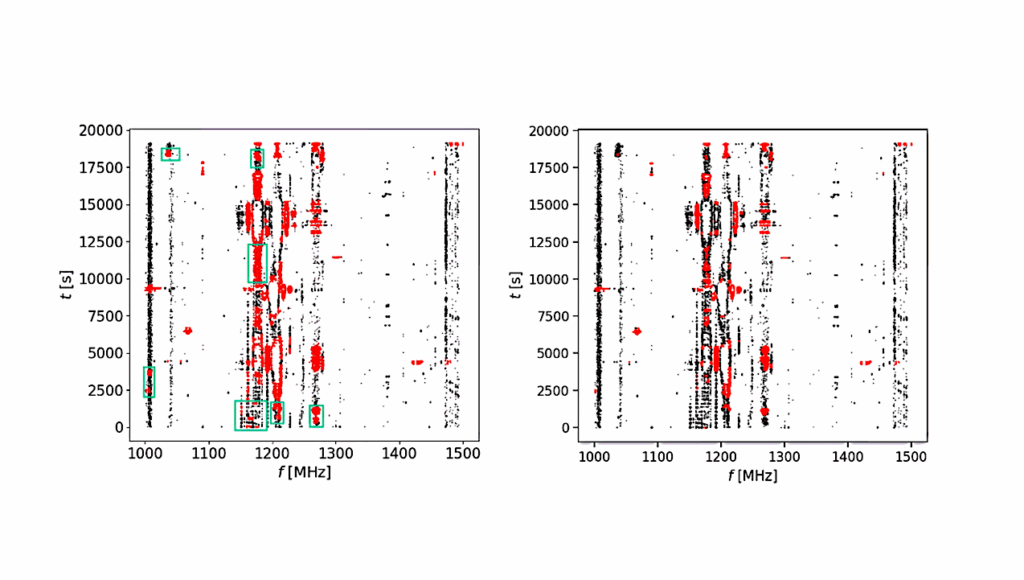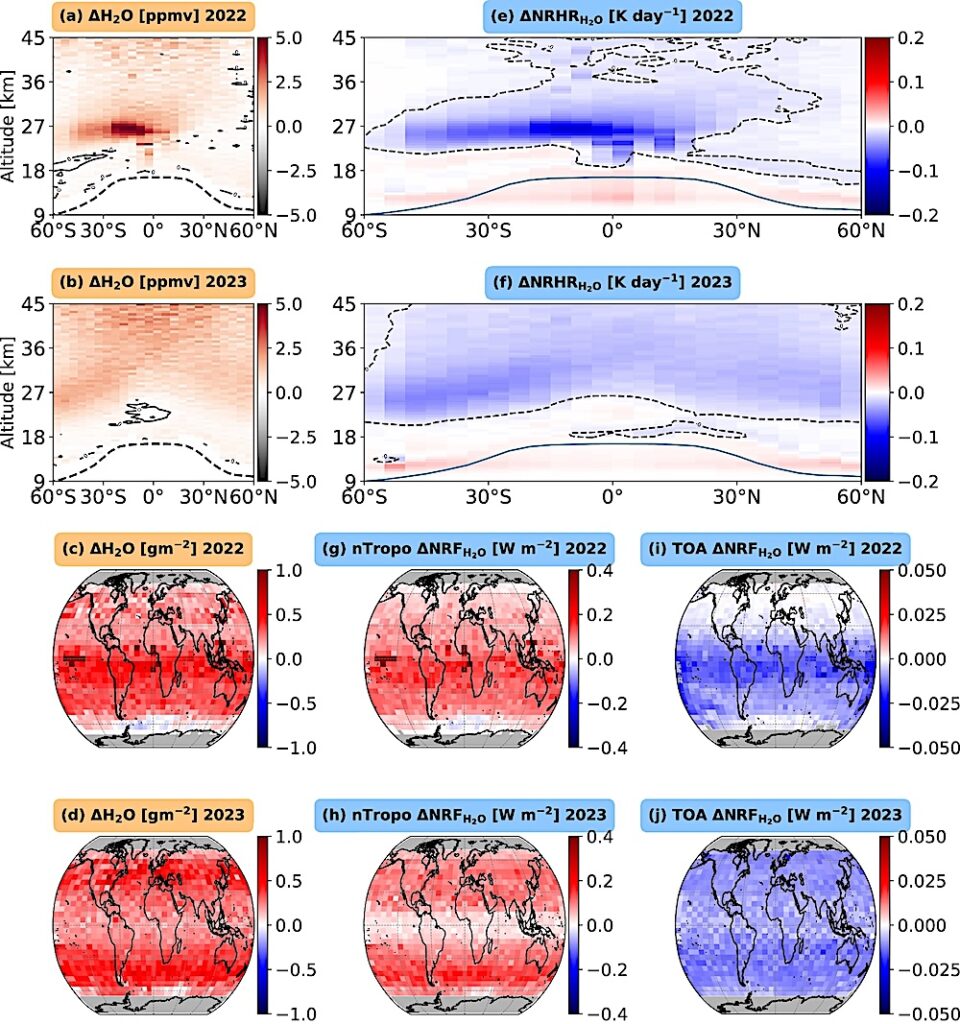More Likely Than You Think: Inclination-Driving Secular Resonances are Common in Known Exoplanet Systems

Multi-planet systems face significant challenges to detection. For example, further orbiting planets have reduced signal-to-noise ratio in radial velocity detection methods, and small mutual inclinations between planets can prevent them from all transiting.
One mechanism to excite mutual inclination between planets is secular resonance, where the nodal precession frequencies of the planets align such as to greatly increase the efficiency of angular momentum transport between planets.
These resonances can significantly misalign planets from one another, hindering detection, and typically can only occur when there are three or more planets in the system. Naively, systems can only be in resonance for particular combinations of planet semimajor axes and masses; however, effects that alter the nodal precession frequencies of the planets, such as the decay of stellar oblateness, can significantly expand the region of parameter space where resonances occur.
In this work, we explore known three-planet systems, determine whether they are in (or were in) secular resonance due to evolving stellar oblateness, and demonstrate the implications of resonance on their detectability and stability. We show that about 20% of a sample of three planet transiting systems seem to undergo these resonances early in their lives.
Thea Faridani, Smadar Naoz, Gongjie Li, Malena Rice, Nicholas Inzunza
Comments: 23 pages, 11 figures, 5 tables
Subjects: Earth and Planetary Astrophysics (astro-ph.EP)
Cite as: arXiv:2406.09359 [astro-ph.EP] (or arXiv:2406.09359v1 [astro-ph.EP] for this version)
Submission history
From: Thea Faridani
[v1] Thu, 13 Jun 2024 17:44:06 UTC (1,991 KB)
https://arxiv.org/abs/2406.09359
Astrobiology








